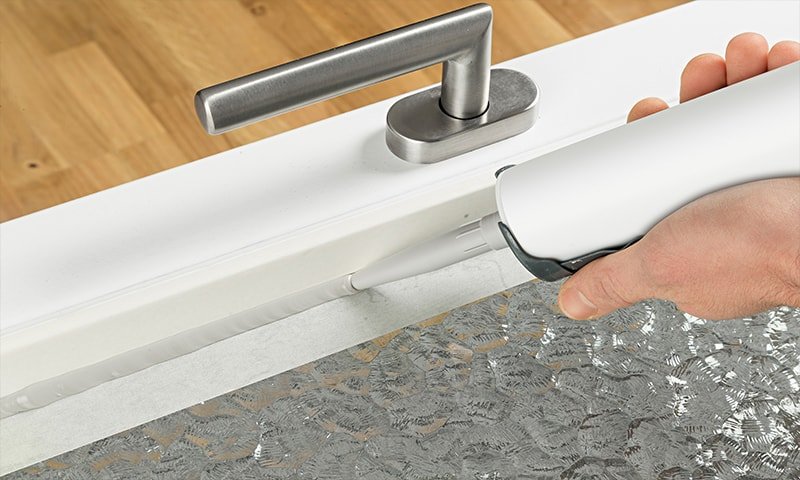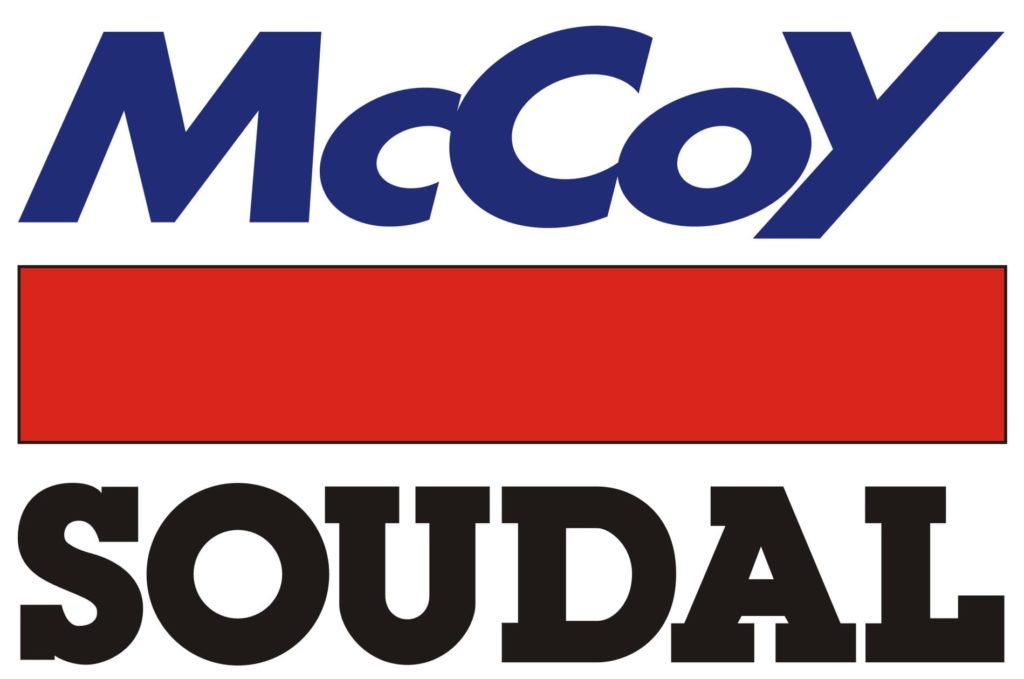
A construction project involves use of numerous different types of building materials. One activity is to prevent penetration of water. Sealant is a substance that seals a surface or an opening to prevent passage of a liquid or gas. In construction industry, sealants are used to seal cracks, expansion joints, joints in concrete roads and to fill gaps between concrete. They are generally used to close small openings which are difficult to seal with materials like concrete, drywall, etc.
Sealants act as barriers to external factors such as moisture, oxygen, dust particles, etc. For residential buildings, sealants are used for waterproofing the external walls from rain. There are many types of sealants having different properties and applications. Each sealant’s suitability to an application is based primarily on its performance properties, the properties of the substrates, and cost. Here we have tried to provide brief information of sealants and their classification.

Courtesy - Bostik
Types of Sealants and Their Uses:
01. Acrylic Sealants:
These are generally used for crack or gap filling and also windows and door gap sealing, etc. Acrylic sealants are widely used in commercial and exterior applications where low movement is required. They offer paintable surface so as to cover the gaps and provide a finished look. Acrylic sealants do not require application of primer and have minimum surface preparation time.
02. Silicone Sealants:
These are used where good bonding is required between two dissimilar surfaces such as fixing of glass on the metal frame. They have very high thermal stability so they are used at places where temperature difference is more. Silicone sealants have a long service life. They are cured by reacting with moisture in the air. Silicone sealants have excellent adhesion to almost every building material such as wood, ceramic, aluminium, and natural stones. They are not recommended for below grade joints and for joints that are immersed in water. Most of the silicone sealants are of low adhesion and high cohesion.
03. Latex Sealants:
They are generally used for interior applications where faster sealing time is required for painting. Latex sealants have initial set time of less than 1 hour which is shortest among all sealants. Latex sealants are also paintable. They are use to seal window or door perimeters where it is desired that the sealant match the colour of the frame.
04. Polysulphide Sealants:
These are the most commonly used in both horizontal and vertical expansion joints in walls, roofs, ceiling joints, floors, cladding, and in various components of a building. Polysulphide sealants are also used for precast panels, concrete roads, retaining walls, bridges, dams, canal linings and other structural joints. Polysulphide sealants require priming and proper surface preparation to allow slow adhesion to the surface. They are also used for application in cold climate. Polysulphide sealants are not paintable but are available in variety of colours. They are best suited for joints that are totally immersed in water such as joints in a swimming pool.
05. Polyurethane Sealants:
These are used for high – end application where high flexibility and bonding strength is required. Polyurethane sealants are very tough and have good abrasion resistance. They are not recommended for joints which are in continuous immersion. Polyurethane sealants have excellent adhesion to most of surfaces except for glass and plastics. Polyurethane sealants are used for the variety of industrial applications and in concrete roads as they can withstand high loads.
06. Butyl Sealants:
They are one of the oldest materials used as sealants. They are generally used for glazing window perimeters and curtain walls where low movement is required. Butyl sealants have low movement but are good in adhesion. They bond easily to any surface and are very easy to install. Like acrylic sealants they also do not primer and are paintable.
Sealants play very important role in preventing leakage which otherwise is difficult to prevent with the use of ordinary cement or cement based material. According to the application area, the relevant type of sealant must be used.
The popular manufacturers of sealants in India are:
Also Read:
Classification of Cracks: Nature-Wise, Width-Wise & Shape-Wise
What is a Concrete Admixture?
Basic Information about Grout & Its Types!
Solid Concrete Block Vs AAC Block


































